BROKEN
Navigating the ups and downs of the circus called work
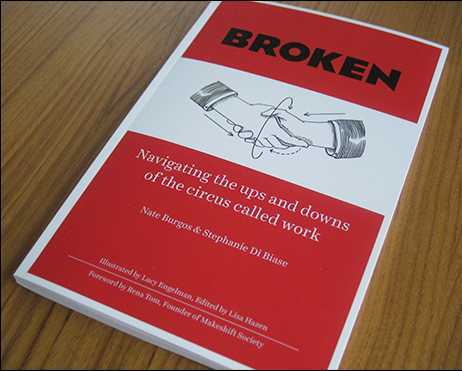
This book applies to you, the hard worker.
Written to empower you to face the challenges of toxic work environments,
chaotic projects, poor communication, and other barriers to getting things done.
Because work doesn’t have to be a four-letter word.
Championed by


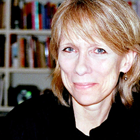
Seven chapters and a sample bit of what you’ll find in each one:
Clients
Before going into a tirade about difficult clients, we want to state for the record: Not all clients are bad. In fact, most clients are great. They can be inspiring, trusting, and truly fun partners. Many relationships with our respective clients over the years have evolved into valuable lasting friendships. And when it comes to work, they will always know their business better than you do. Always. So you need them not just for money, but also to solve their business needs and problems—you cannot do your job without them. Here are a few types of client behavior that can be categorized as “bad”: The Virgin, The Committee, The Apathetic Teenager…
Communication
You must be willing to hear both the good and the bad when it comes to your work. Feedback is great—when it’s really aimed at helping you and your work become better. When used to disguise insults, feedback can be ugly. Handing out personal insults disguised as feedback, sometimes resulting from a bruised ego, threatens a workplace becoming a culture of feedback. Equally troubling is the infamous praise sandwich. A superficial compliment, followed by a piece of criticism, followed by another superficial compliment. It’s hard to get critical feedback. Hiding it helps no one…
Culture
You may work for a company that claims to demonstrate an “open workspace” until you notice that the cube walls are taller than you and the floor looks like a labyrinth. Or the workspace is physically open but the people interact as if they’re surrounded by walls.
When companies advertise that they have an “award-winning company culture,” it sounds flat. Because it’s easy to post and boast.…
Language
Every industry fights the battle against jargon and meaningless words. The people within an industry have a weird zombie or Stepford-wife-like acceptance of these words. We believe that deep down, we all rationally know these words have no intrinsic meaning, yet we all irrationally accept these words and phrases used in the context of our jobs. We accept their use, we use them ourselves, and we subconsciously add new ones to our mouths all the time. These absurd words and phrases even leak into our personal lives.
Take, for example, “best practices.” It’s a cloaked term because the majority of the time, those so-called best practices are never identified. It just flows into the next scripted and savvy-sounding phrase. Like “best practices,” every time “tipping-point” is heard would result in a nice pot of change…
People
Creative directors, account planners, strategists, and everyone else—no one is bad because of their title. These positions grew out of a need to get the work done as the type of work we do changes.
But as more roles get segmented and new roles get added, companies, whatever the size, can become bloated with people that don’t care about doing good work and only care about looking like they’re doing good work…
Process
If your job at a creative agency or business consultancy involves producing work, your schedule and how you spend your days is out of your control most days. Your time is often booked with endless meetings, constant reviews, and if you find yourself working somewhere that has adopted a twisted form of “agile,” then you are screwed, really screwed.
If it is your job to create the project schedules, you are pressured by leadership and clients to move faster (“to accelerate”—ewww), meet “profit margins,” do more with less people, and so on. That is, you’re being asked to walk on water…
Tools
You would never try to hammer a nail with a pencil. Yet a common source of frustration at many companies is that they are using the wrong tool for the job. Or using the same tool to do two very different things as a cost-cutting measure. You need a hammer to hammer and a pencil to write, but the two are not interchangeable.
Just because a tool works for one purpose, doesn’t necessarily mean the tool can be hacked to work for another purpose. Yet for whatever reason, large companies—beholden to large “legacy” systems (legacy of which is getting in the way of work)—can’t seem to figure this out…
Featured throughout BROKEN are 46 pieces of original artwork
by Lucy Engelman of Grand Rapids, Michigan
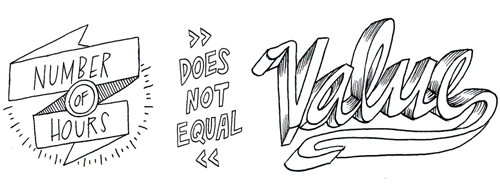
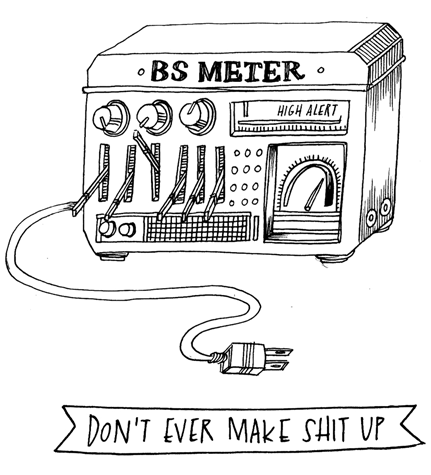
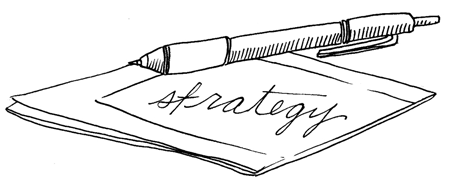
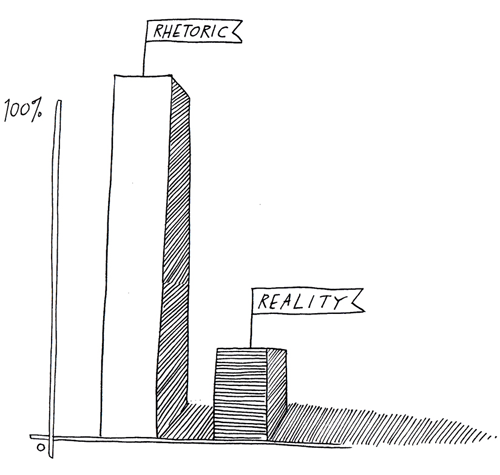
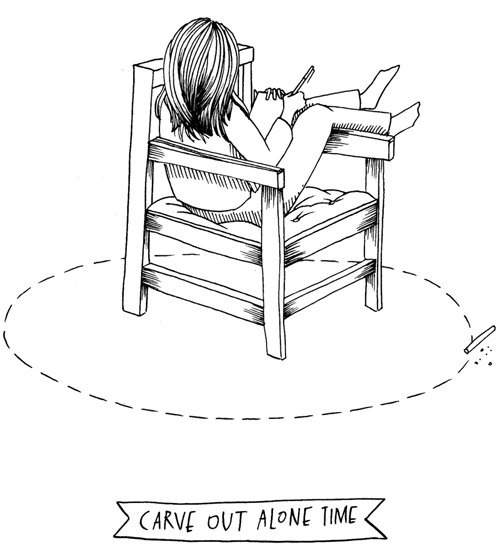
Foreword
Rena Tom is the founder of Makeshift Society, a coworking space and clubhouse in San Francisco, with a new location in Brooklyn. She believes in camaraderie and creativity as essentials to make a great workplace and to do great work. Her support of independent professionals has been featured in publications like The New York Times, The Wall Street Journal, and Real Simple.
From her Foreword: “Thoughtful, funny and profane, BROKEN is written by the people, for the people. Nate Burgos and Stephanie Di Biase are ultimately concerned with the well-being of creators, whether they work in a large office, small studio, or for themselves.”
Editor
Lisa Hazen runs Chicago-based Lisa Hazen Design & Editorial, having done work for clients
such as best-selling author Sara Paretsky and Oscar-winning musicians The Swell Season.
Typefaces
BROKEN proudly displays Harriet by OK Type in Chicago,
and Recovery by Dunwich Type Founders in New York City
Highlighted in the media
“What We’re Reading: BROKEN” by Genevieve DeGuzman of Night Owls Press
“Cultural Quandaries: Why Organizational Culture Matters” by Doug White of The Creative Group
Showcased by Dave Cuzner of Grain Edit
Properties
140 pages of energetic and clear prose | Attributed sources | First edition (2014)
Written by

Nate Burgos is a designer for the Fortune 5,000,000 who strives to do thoughtful work. He runs Design Feast—his long-term project dedicated to creative culture—which writer Alissa Walker described as “a resource that’s hard to put down once you’ve dug in.”
He conceived, designed, and self-published BROKEN, in addition to sharing how it was made at his blog.
Photograph by Matt Soria at CreativeMornings

Stephanie Di Biase is a designer who runs design studio Ways & Means. Never shy of business problems, she delivers an aromatic blend of user-experience street smarts and creative bling for her clients. She loves designing things that people actually want or need. Most of which have been digital in nature.
Photograph courtesy of Stephanie Di Biase
eBook
$9.99
Diligently tested and enhanced for reading with Amazon Kindle, and Apple iBooks app on iPad. It should work on most eBook readers, including Nook and Kobo.
$9.99
You will be brought to print-on-demand service TheBookPatch.com to get a well-made copy: tactile, lean, handy, and especially in this case, potentially productive.
Since its original version, Design Feast was redesigned once and then for the second time.
LinkedIn | X | Instagram | Facebook